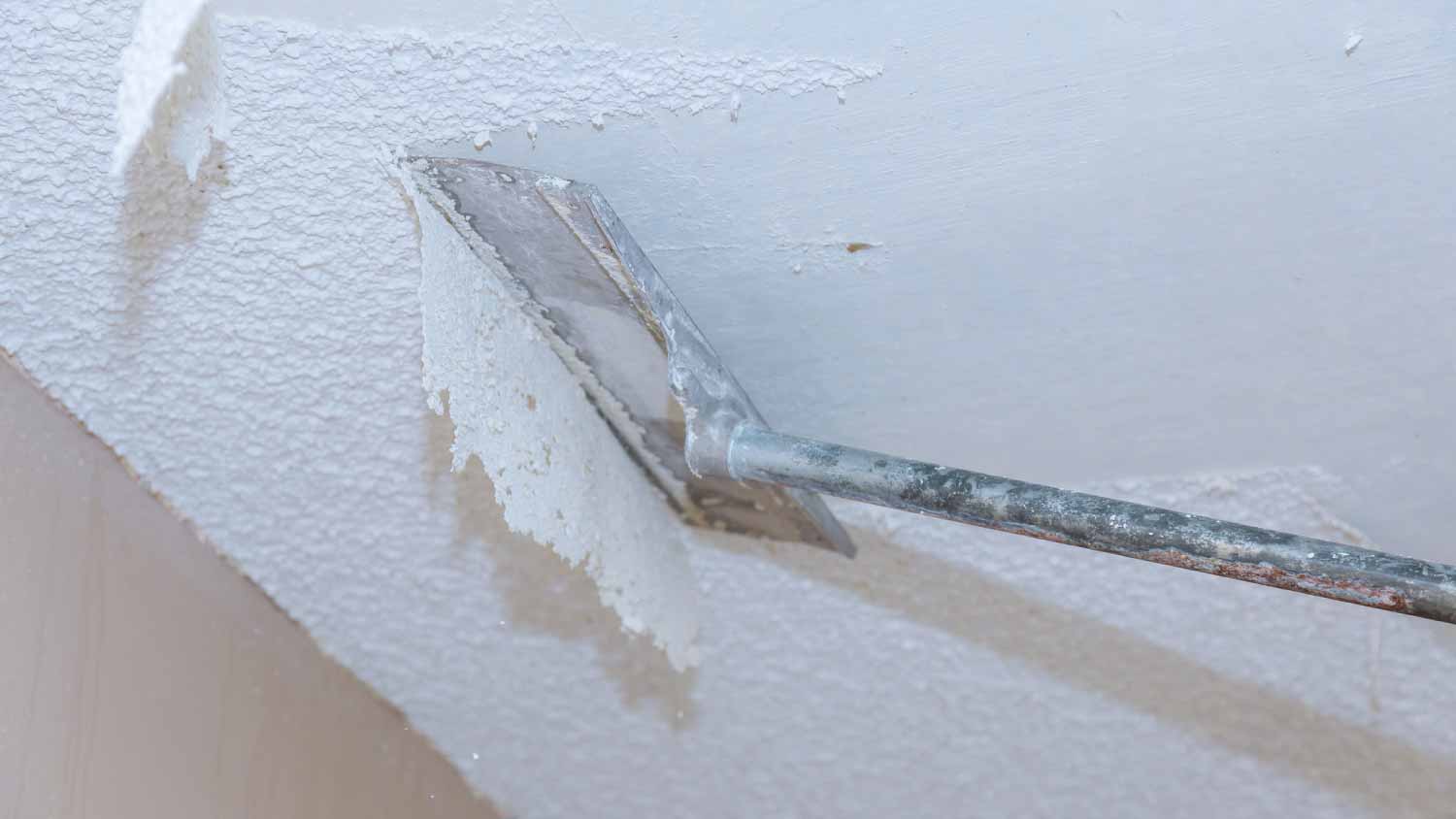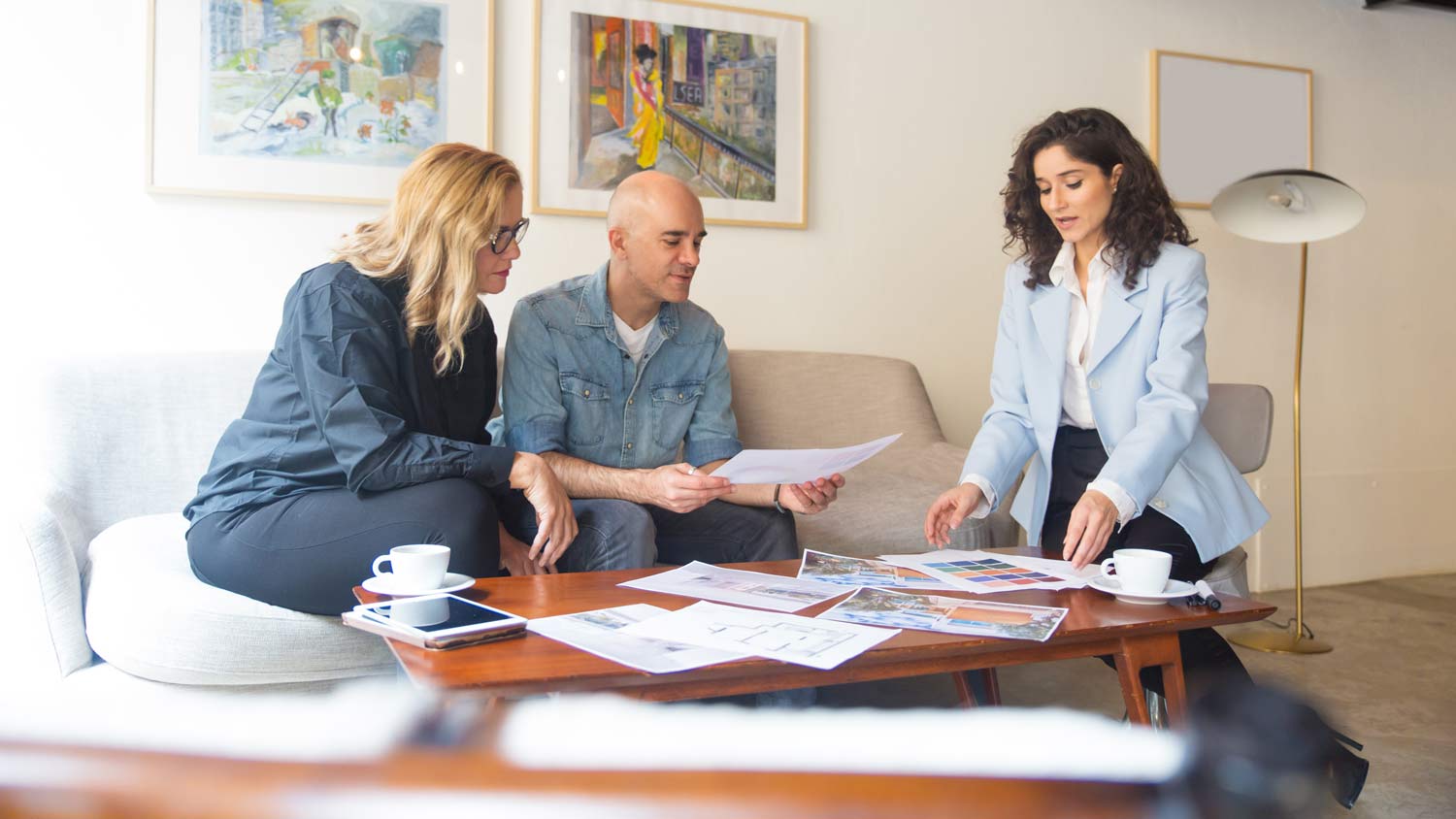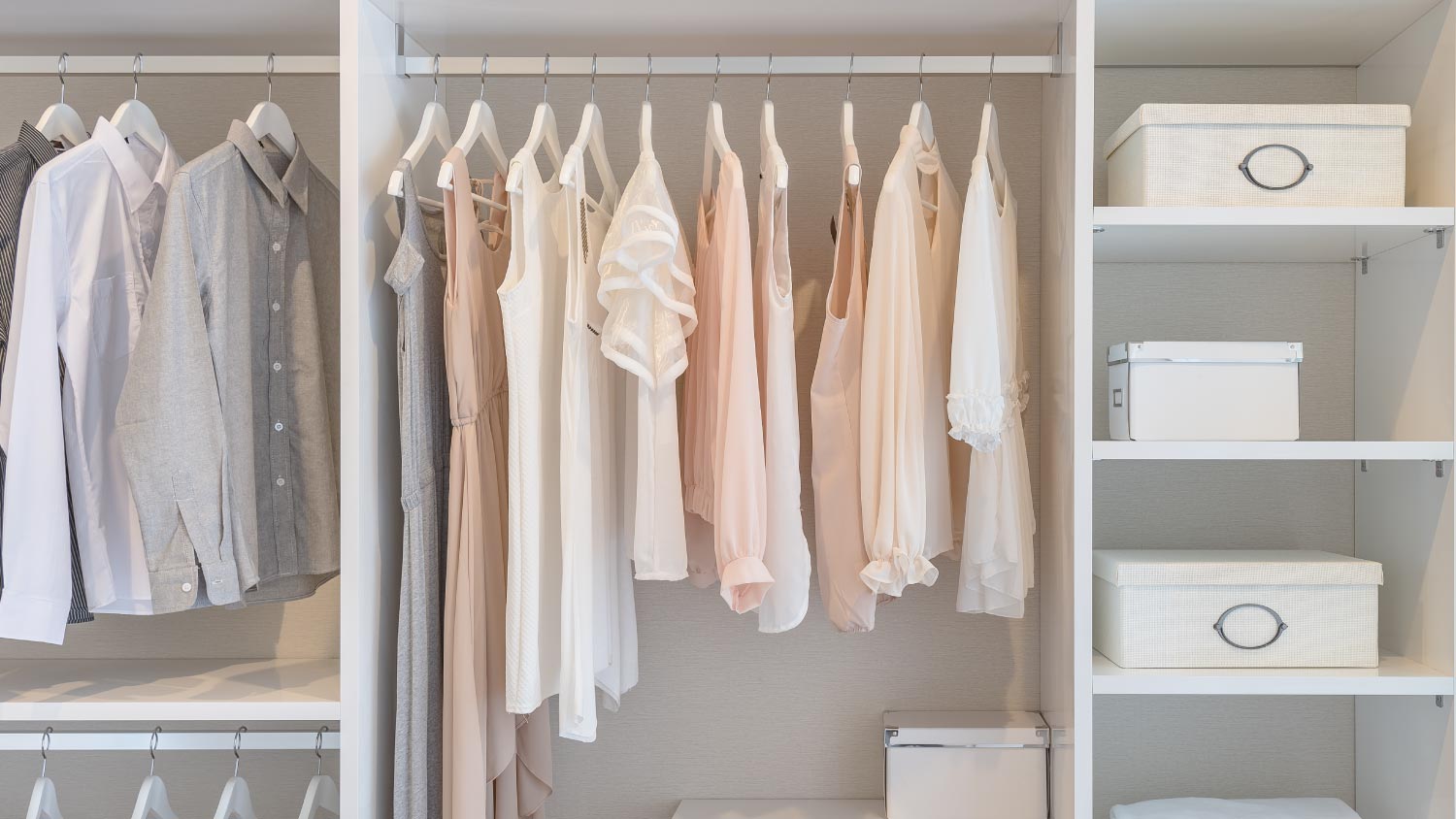
Discover the average feng shui consultant cost, what impacts pricing, and how to save on your consultation.
The average cost to furnish a house ranges from $10,000 to $40,000, with most homeowners spending an average of $16,000. Key factors include home size, furniture quality, and room function.


The cost to furnish a home depends on home size, room type, and brand selection.
Hiring an interior decorator costs $50 to $200 per hour.
Delivery, assembly, and installation services add to the overall budget.
Maintenance and repair costs affect long-term ownership.
Budget 10% to 20% of your project total for decor and accessories, such as lamps and rugs.
This article was created using automation technology and thoroughly fact-checked and edited by an Angi Editor in accordance with our AI policy.
The cost to furnish a house averages between $10,000 to $40,000, with most homeowners spending an average of $16,000. Prices vary by home size, furniture quality, and room function. Whether you’re furnishing a studio apartment or a large home, understanding these costs helps you budget for every space.
Let’s explore what goes into the cost to furnish a house, including cost per square foot, labor, and practical tips to help you make confident choices for your home.
When budgeting for the cost to furnish a house, it’s important to consider several interconnected factors. The type of room, its size, and even the brand of furniture all play a role in shaping your final costs.
The size of your home directly impacts the total cost to furnish a house. More square footage and more rooms require more furniture, decor, and lighting. Open-concept layouts often need larger or more flexible furniture, while segmented floor plans may require additional pieces for each space.
Here’s how your total breaks down by home size:
| Home Size | Square Feet | Description | Average Cost |
|---|---|---|---|
| 1-bedroom | 600–900 | Living, dining, bedroom, small office | $4,000–$18,000 |
| 2-bedroom | 900–1,200 | Two bedrooms, living, dining, kitchen | $7,000–$25,000 |
| 3-bedroom | 1,200–2,000 | Three bedrooms, larger living, more storage | $10,000–$40,000 |
The type of home you’re furnishing can make a big difference in your overall expenses. Furnishing a studio apartment is quite different from outfitting a luxury single-family home. New homes often need everything from scratch, while updating an existing house might focus on select rooms or upgrades.
Every room has its own requirements. Living rooms often need sofas, media centers, and coffee tables, while bedrooms require beds, dressers, and nightstands. Dining rooms, kitchens, offices, and outdoor spaces each have unique needs. Your personal style—whether minimalist, traditional, or luxury—also shapes both the look and the budget.
| Room Type | Description | Average Cost |
|---|---|---|
| Living room | Sofa, chairs, tables, media center | $4,000–$6,000 |
| Bedroom (per room) | Bed, dresser, nightstands, decor | $1,500–$4,000 |
| Dining room | Table, chairs, storage, lighting | $2,000–$5,000 |
| Kitchen (eat-in) | Table, chairs, barstools, storage | $1,000–$12,000 |
| Home office | Desk, chair, shelving, decor | $1,000–$5,000 |
| Outdoor spaces | Patio furniture, grill, decor | $1,000–$8,000 |
Furniture material choices have a major impact on your budget. Solid wood, leather, and custom upholstery tend to cost more upfront, but often last longer. Engineered wood, metal, and synthetic materials offer savings, though they may not be as durable.
Regular maintenance also varies by material. For example, leather requires conditioning, while glass and metal need frequent cleaning to avoid smudges or rust. Upgrading from a laminate dining table to hardwood can add thousands to your total.
Brand reputation and quality can significantly influence the cost to furnish a house. Mass-market brands offer lower prices and a wide selection, while mid-tier brands balance quality and affordability. Designer or specialty brands, including custom furniture makers, command the highest prices but may offer unique styles and superior craftsmanship.
Mixing brands is a smart way to balance budget and design. For instance, pairing a high-end sofa with budget-friendly side tables can elevate a room without overspending. Specialty retailers and custom fabricators will increase your investment, but may deliver truly personalized results.
Furnishing a house often involves more than just buying furniture. Delivery, assembly, and professional installation can add to your total expenses, depending on your needs and location.
Several professionals may help with your home furnishing process, including delivery teams, furniture assemblers, interior designers, and handypersons. Furniture assembly and installation services charge $40 to $190 per hour. Many providers have a one to two hour minimum, with minimum fees ranging from $50 to $100 per visit.
Labor costs can vary by region and complexity. For example, installing wall-mounted shelving or built-in units is best left to experienced pros.
Interior designers charge $50 to $200 per hour, or a flat fee based on the project scope. These labor expenses will add to your overall cost to furnish a house, especially for large or custom jobs.
Delivery fees depend on the retailer, order size, and your location. Flat-rate delivery is common for big-box stores, ranging from $50 to $150 per order for local orders. Long distance delivery can cost up to $500 depending on the size and number of pieces in your order.
To keep costs down, group your purchases, ask about free delivery promotions, or pick up smaller items yourself when possible.
Removing old furniture or packaging often comes with extra charges. Haul-away fees range from $75 to $150 per item, depending on size and material. Some retailers include basic removal with premium delivery services, while others charge separately.
Certain items, like mattresses or electronics, may incur environmental or recycling fees. Be sure to ask what’s included in your delivery package so you’re not surprised by additional haul-away costs.
Optional services can enhance convenience and protect your investment. Common add-ons include furniture protection plans (10% to 20% of the item’s value), assembly upgrades, and in-home design consultations (starting at $200).
While these services increase upfront costs, they can extend the life of your furniture and provide peace of mind. For valuable or frequently used pieces, investing in protection or expert setup often pays off over time.
Beyond purchase and installation, there are other expenses to keep in mind as you calculate the total cost to furnish a house.
Many furniture pieces come with standard warranties, but extended protection plans are available for an added fee, ranging from $100 to $600, depending on the item. Warranties may cover structural defects, fabric stains, or finish issues. Choosing the right coverage can reduce long-term costs, especially for big-ticket items prone to wear and tear.
Furnishing with electronics or smart furniture (like lamps, entertainment centers, or adjustable beds) adds ongoing utility costs. Maintenance supplies—such as cleaning products, fabric protectors, or polish—should also be budgeted. These recurring expenses vary by material and usage.
Different materials require different levels of care. Leather needs conditioning, wood should be polished, and upholstery benefits from regular vacuuming. Annual maintenance costs extend the lifespan of your investment and help you avoid costly repairs.
Furniture repairs are sometimes needed for upholstery tears, broken legs, or scratched finishes. Repair costs vary based on the item and material, with minor fixes starting at $50 and more extensive repairs reaching $1,200 or more.
When repair costs approach 50% of the replacement value, it’s often best to invest in new furniture. Factoring in potential repairs helps you understand the true cost to furnish a house over time.
Homeowners often weigh the benefits of furnishing their house themselves versus hiring a professional. DIY furnishing saves on labor and design fees, but requires more time, effort, and skill. Assembling furniture yourself can reduce costs by $100 or more, depending on the size of your space and the number of pieces.
However, DIY comes with risks—improper assembly, mismatched styles, or even potential injury. Complex layouts or custom designs are best handled by pros. Interior designers charge for their expertise, but often deliver a cohesive look and can help avoid costly mistakes. To estimate your total cost to furnish a house, include both product and service expenses for your chosen approach.
Deciding whether to repair or replace furniture depends on several factors. Age, condition, warranty status, and sentimental value all play a role. Use the 50% rule: if the cost to repair an item exceeds half the price of a new one, replacement is the smarter choice.
For example, reupholstering a sofa might cost $800 to $2,000, while a new one could be $300 to $6,000. Repairing a dining table leg may run $400, compared to $1,200 for a new table. Consider environmental impact as well—repairing or donating furniture can reduce waste and support sustainability.
There are many practical ways to reduce the cost of furnishing a house without sacrificing style or comfort:
Shop sales, clearance, and secondhand markets for quality bargains.
Mix high- and low-end pieces to balance style and savings.
Prioritize essential rooms and phase purchases over time.
Consider multi-functional or modular furniture to maximize space.
Negotiate delivery and assembly fees when possible.
Use online tools for price comparison and budgeting.
Get quotes from at least three local interior decorators to ensure competitive pricing.
Home is the most important place on earth, which is why Angi has helped more than 150 million homeowners transform their houses into homes they adore. To help homeowners with their next project, Angi provides readers with the most accurate cost data and upholds strict editorial standards. We extensively research project costs to develop the pricing data you see, so you can make the best decisions for you and your home. We rely on reputable sources, including the U.S. Bureau of Labor Statistics, academic journals, market studies, and interviews with industry experts—all to ensure our prices reflect real-world projects.
Want to help us improve our cost data? Send us a recent project quote to [email protected]. Quotes and personal information will not be shared publicly.
From average costs to expert advice, get all the answers you need to get your job done.

Discover the average feng shui consultant cost, what impacts pricing, and how to save on your consultation.

Wondering how much it costs to remove an acoustic ceiling? Get cost estimates, key factors, and expert tips to help you plan your ceiling update.

The cost to replace trim depends on factors such as style, material, and whether you hire a pro. Find out what your budget could look like for this project.

Create a stunning and functional home or remodel with an interior designer. Follow these common interior design questions to prepare for working with a pro.

Architectural details like wood molding help frame a space and add visual interest. From baseboards and door casing to wainscoting and board-and-batten paneling, read on for a rundown of all the types of trimming for your home.

Discover the cost to install a built-in wardrobe. Learn about average prices, installation factors, and ways to save on your custom storage project.